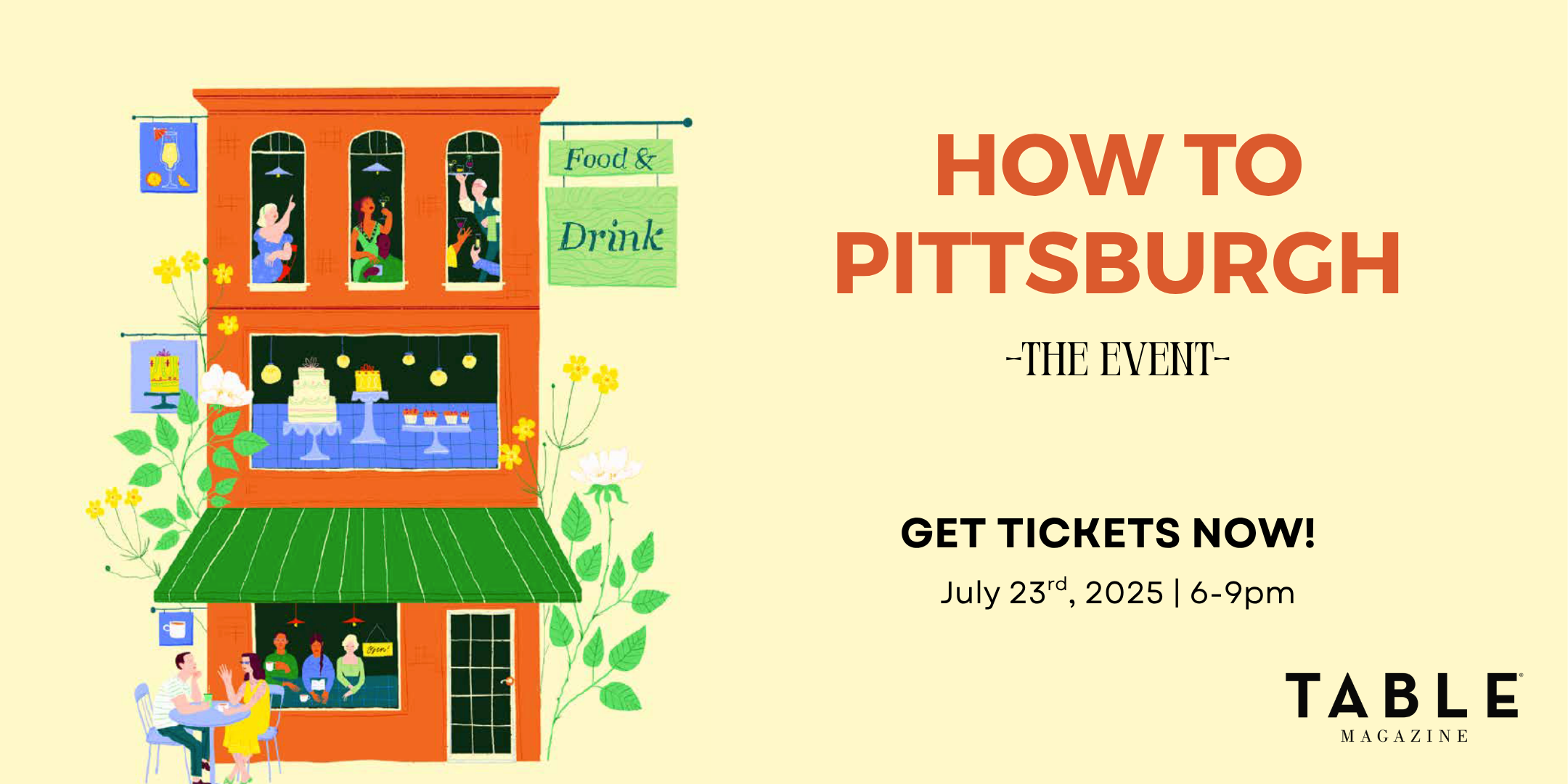You’ve seen KAWS. On Uniqlo t-shirts, on sneakers, on cereal boxes, in Brooklyn, in London, as a sculptor, or a painter, or a brand. The Andy Warhol Museum brought KAWS to Pittsburgh for its debut of KAWS + Warhol, an exhibition pairing KAWS’s work with Andy Warhol’s. A double feature with Warhol is undoubtedly a step towards canonization into the upper echelons of the art world, even for an artist of KAWS’ ubiquity.
Departures and Anniversaries
KAWS + Warhol marks Patrick Moore’s last curatorial project as Executive Director of the Andy Warhol Museum. The exhibition sees the museum trying to assert its identity as the torch-bearer of Andy Warhol’s legacy, even as it faces Moore’s departure and the absence of an acting Chief Curator.
The same weekend of KAWS + Warhol’s opening marked The Warhol’s thirtieth anniversary. The museum brought new wave band Devo at the Carrie Furnaces for its celebratory thirty-year-anniversary gala, and though there was plenty of toasting and dancing, where the curatorial program will go over the next few years remains a question. So much depends on who is chosen to fill the Director and Curator positions: as with all institutions, The Warhol’s future will be colored by the visions of its executives.
A Darker Side
KAWS + Warhol focuses on the more vulnerable side of Warhol previously on display in 2023’s exhibition Unseen. Unseen used previously un-exhibited Warhol pieces to highlight his artistic practice and his sexuality. Its through-line was vulnerability, and we feel echoes of that in KAWS + Warhol. KAWS + Warhol touches on the more macabre elements of both artists’ work, what the museum calls their “signature bright colors and pop culture references [that also present] the lurid spectacle of death.”
Moore accomplishes this, in part, with Warhol’s Ambulance Disaster screenprints, where Warhol examined the fascination of watching violent disasters during the twenty-four-hour news cycle. Even more unsettling are his prints of electric chairs, their steady seats unoccupied by victims steely seats. Those pieces are a tad less flashy than the Campbell soup cans Warhol is known for, but they show his existential concerns and open up thought-provoking paths to understand his work even almost forty years after his death.
A striking moment in KAWS + Warhol (on the second floor) occurs with the presentation of each of the artists’ self-portraits. Warhol is seen in a shocking electric blue screenprint titled Fright Wig (1986), and KAWS in a gleaming black decapitated skull sculpture from 2004. Both pairs of eyes have a vacant look. Warhol seems a little shell-shocked. KAWS looks pensive. Moore chose to lean into that potential for inner darkness with prominent displays of Warhol’s 1976 skull prints that make the Companions, usually tame and commercialized, start to look somewhat zombie-like in the museum. The framing makes KAWS’ figures seem grotesque, which adds another layer to approaching them.
Accessibility and Community
Brian Donnelly, the man behind KAWS, was once a graffiti writer who worked on the walls of Jersey City with a spray can. (That’s where the moniker KAWS comes from). KAWS + Warhol allowed the museum to lean deeper into Warhol’s historical connection with graffiti and street art. Henry Chalfant, Pittsburgh-born photographer and producer of landmark graffiti and hip-hop culture film Style Wars, and Charlie Ahearn, director of Wildstyle (starring graffiti writers Lee Quiñones and Lady Pink), were both in attendance at the opening. Graffiti writers Futura and Matt Gondek made appearances, with Gondek on a panel for the museum prior to the show. The overlap between graffiti and gallery art is still a area rife with questions about commercialization and commodification, but KAWS + Warhol did at least allow the conversation to open more concretely.
A big selling point for KAWS as an artist is his accessibility. Similarly, a strong point of the exhibition is its many points of entry. Critics have scoffed at KAWS. But like Taylor Swift or NFL football, KAWS’ artwork is popular for a reason–as was Warhol’s work in the formative stages of his pop-art identity. KAWS + Warhol has something for the introspective museum-goer, the skeptic, or as a day out with family. Maybe you love it. Maybe you hate it. But it affirms The Warhol as one of Pittsburgh’s premier cultural institutions, showing an artist of international renown not just to art world who’s-whos. What Warhol’s career had that KAWS’ does not is the cult of personality around the artist’s persona and social circle. KAWS + Warhol creates an opportunity to see KAWS’ legacy developing in real time.
Story by Emma Riva / Photo courtesy of The Andy Warhol Museum

Subscribe to TABLE Magazine’s print edition.

